out and about - 2015
24 February 2015 .............. Mumbles Head
Mumbles Head has long been a distinctive end to the great sweep of Swansea Bay - but its distinction is slowly getting eroded.
At high tides, there are two islands off the headland, and when I was there on a cold but sunny day with a fair wind, there was some good whitewater around the islands.
Pity I didn`t have my boat with me, I could fair have had a play in it !
At low tides, the two channels dry out.
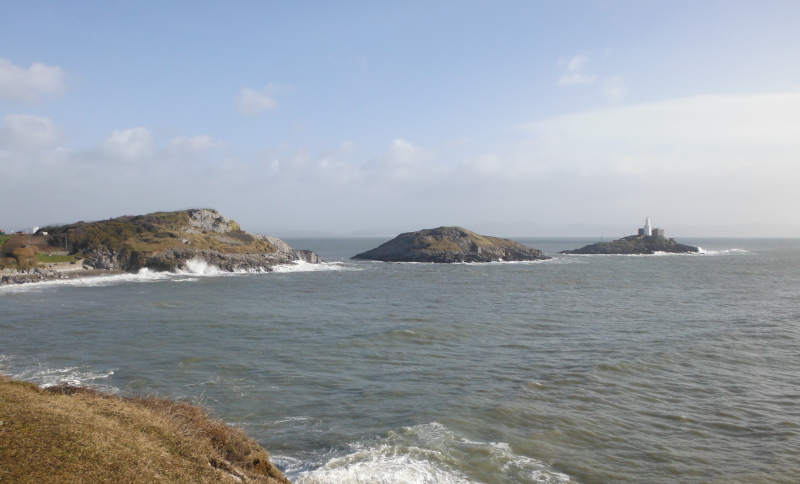
Up on the headland, and looking out over the islands -
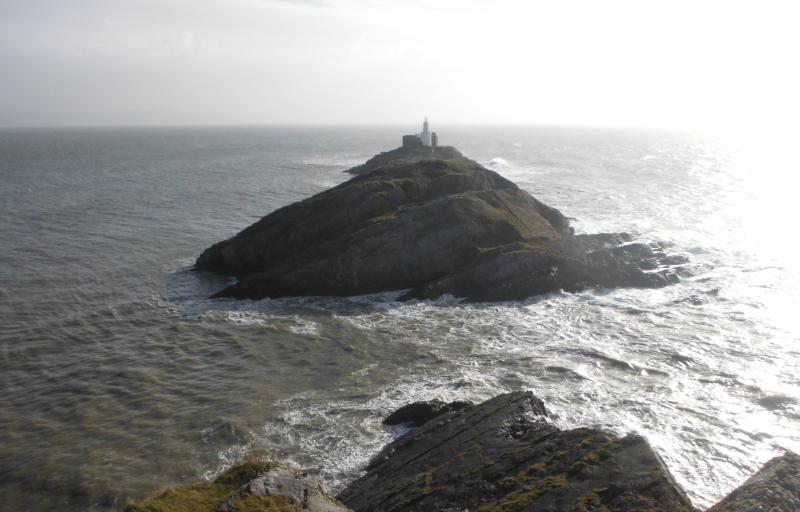
To the west of Mumbles Head, over at the other end of Bracelet Bay is another headland with what is now no longer a coastguard station - it has just been closed by the MCA as an emergency call centre.
You can also see some of the acres of car parks all around Mumbles Head.
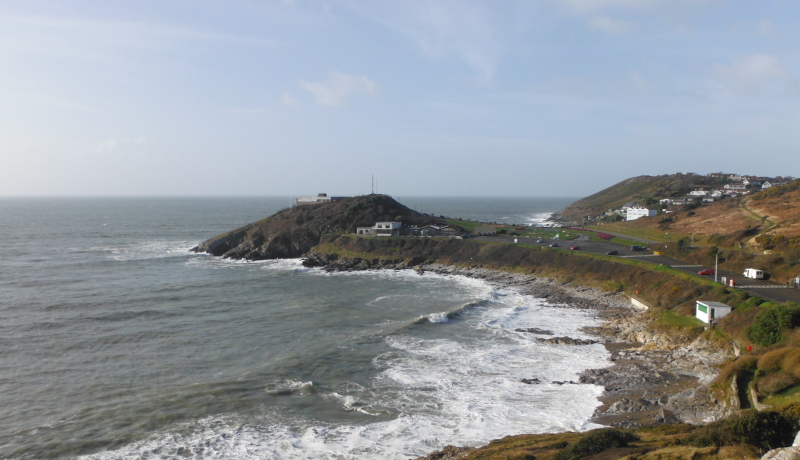
A few hundred metres offshore there was a distinct tide race when I was there - I never did work out whether it was a flood tide or an ebb tide at the time - shame on me. I have no idea if it would have any play potential - I suspect that in the summer it will be rather overrun with jet skis who can launch just round the corner in Mumbles.
The wind was causing quite big waves coming in from the west - a few pictures of them -
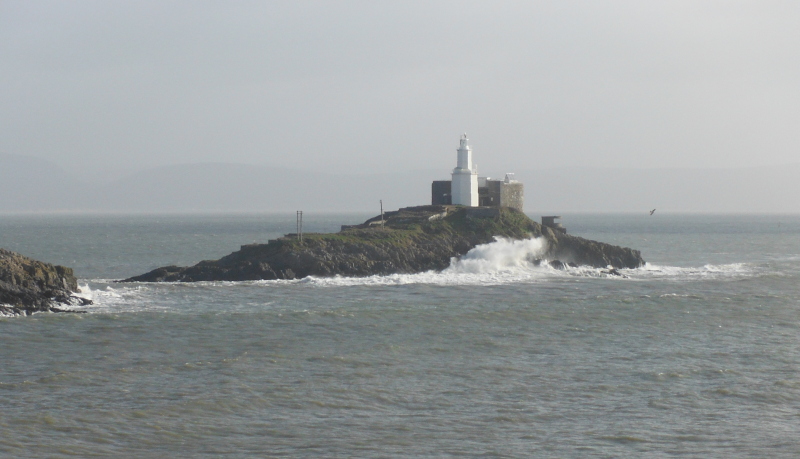
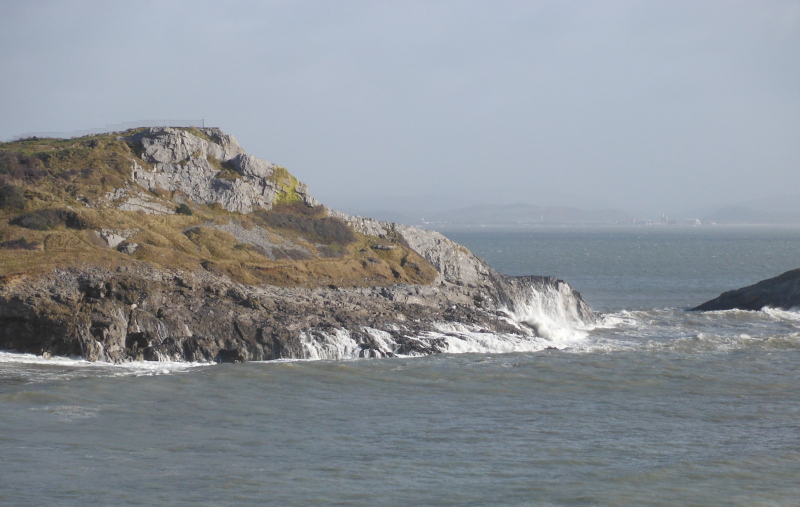
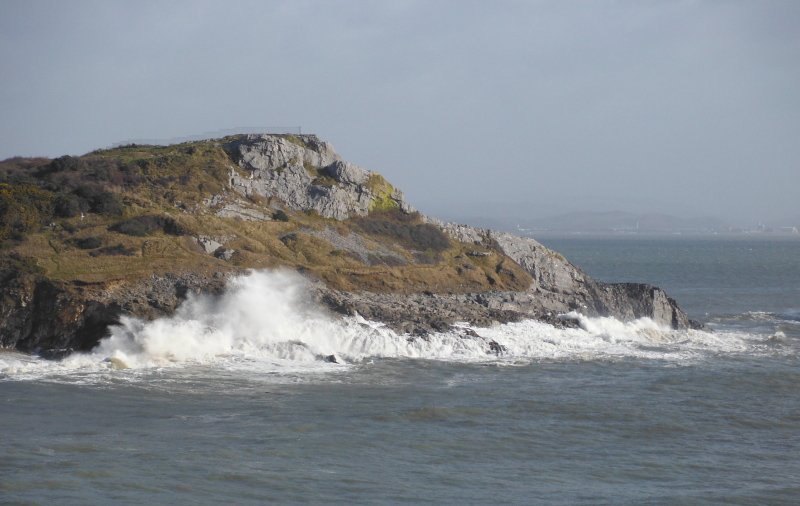
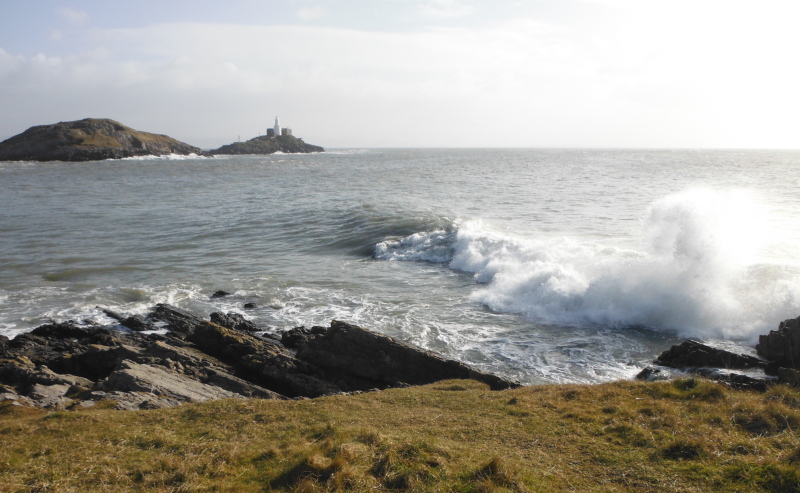
Round on the other side of Mumbles Head is Mumbles Pier - the building at the end of the pier is the base for the RNLI Mumbles lifeboat.
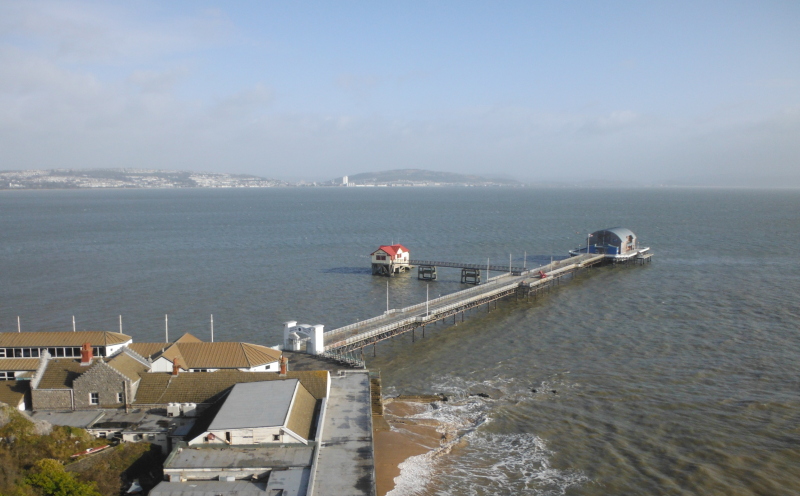
It might be a good time to go get a view - both of, and from - Mumbles Head before it is too late.
One of the developments that is going to hasten the lowering of the distinctiveness of Mumbles Head is the building of a hotel and a high rise block of flats just at the back of the pier.
Another one, perhaps a bit more controversial, is the proposal to build a huge seawall 9.5km`s long which will enclose a huge lagoon, and totally change the view of Swansea Bay.
The lagoon is an attempt to harness energy from the change in sea levels caused by the tides.
I am not sure why there seems to be such an enthusiastic welcome for this project, to me there seems to be some questions I haven`t seen answers to.
It is clear that the tidal currents around Britain have the potential to generate quite a lot of renewable energy, but I am not sure if spending a huge sum of money on one project is a good way to proceed - is there an argument that the same amount of money spent on developing - for example - submersible generator technologies would be a better use of the money, as this would result in the ability to utilise large numbers of smaller generators at a much lower capital cost, and without the huge environmental impact that this lagoon will cause.
Additionally, you could then have a geographically distributed generation system that produces a uniform electricity supply 24/7/365.
---------------------------
Much has been said about how much energy it will produce - but I haven`t seen anything about the effect of Springs and Neaps - the tidal range at Neaps can be half what it is at Springs, so what effect is that going to have on the generation capacity, and on the amount of electricity actually produced over a year ?
It is claimed that the facility will generate energy for 14 hours a day, divided up into 4 of time slots - so I guess they are of 2-3 hours each.
But these 4 time slots are spread evenly over every 24 hour 50 minute time period, so inevitably, at least two of these time slots will occur during the night, when the National Grid has a much lower requirement for electricity generation.
Are we going to see a repeat of the ridiculous situation that already exists within the wind generation industry, that operators are paid huge sums of money at various times to NOT generate electricity ?
A similar question must of course be whether the National Grid can cope with the sudden switching on / off of up to 320 megawatts of generation capacity - to maintain the stability of the National Grid, the same amount of some other form of generation capacity may have to be switched off / on at the same time. Does the UK actually have enough alternative generation capacity that can be switched on and off like that ?
If the National Grid cannot accept the electricity from the lagoon because it can`t shut down other generation capacity, do we again end up with the situation that the operators are paid vast sums of money to NOT generate electricity ?
Using gas powered plants as an alternative form of start / stop generation is very inefficient, and results in much higher costs for these plants, because they are sitting in standby for much of the time, but still using fuel.
As far as I am aware, the only other generation type that can be switched off and on that fast is hydro-electric - apart from wind - but it would be a bit silly to switch off wind generation in order to accommodate tidal power - because you are then back to paying operators not to generate electricity, and the electricity produced would not contribute to an increase in the percentage of the UK electricity produced by renewable sources.
Pumped storage hydro would be a logical facility to use, but I think there is only about 3GW of pumped storage generation capacity in the UK - from Dinorwig, Ffestiniog, Cruachan, and Foyers.
Would it be economic madness to use tidal power at a strike price of £168/MWh to fill up reservoirs, when the strike price for hydro is £100/MWh - does this mean that the electricity subsequently produced by the pumped storage generator costs £268/MWh, since it has now been paid for twice ? I don`t know enough about the economics of electricity generation.
It seems to me that the UK really needs to develop tidal energy technology that provides 24/7/365 generation capability, not spend huge sums of money building generation facilities that are going to make this start / stop problem even worse, and therefore make electricity more expensive for the end consumer.
---------------------------
I haven`t seen any information about how fish and sea mammals will be protected from being washed into the generators.
If there is no barrier - like some form of mesh - they will get sucked in, and probably be killed by the generator blades.
If there is a barrier of some kind, there is a significant risk that the current through the barrier will be sufficient to pin the fish or sea mammal against the barrier, where it will stay until the sluice gates are closed, and the water flow stops.
I have no idea if a fish would survive that, but a sea mammal that needs to breathe air would be unlikely to survive.
---------------------------
The above also applies to humans - if someone falls out of a boat, or the boat capsizes, anyone in the water could be swept into the generators.
Are they really going to encourage the use of the lagoon for recreational activities whilst there is such a risk ?
How they are going to lessen the risk if the boats, or anyone in the water, are outside the sea wall ?
---------------------------
I know I am a total cynic, but I don`t think I will hold my breathe waiting to see if all the proposed add-ons talked about in their seductive publicity material actually ever appear - things like public access to the sea wall, foot path, cycle path, electric trains, a visitor centre, bio-diversity facilities - all these things cost money - a lot of money, both capital and on-going - and the website for the development has been quite open about the fact that the project is about profit for the investors.
It just happens to be under the guise of renewable energy.